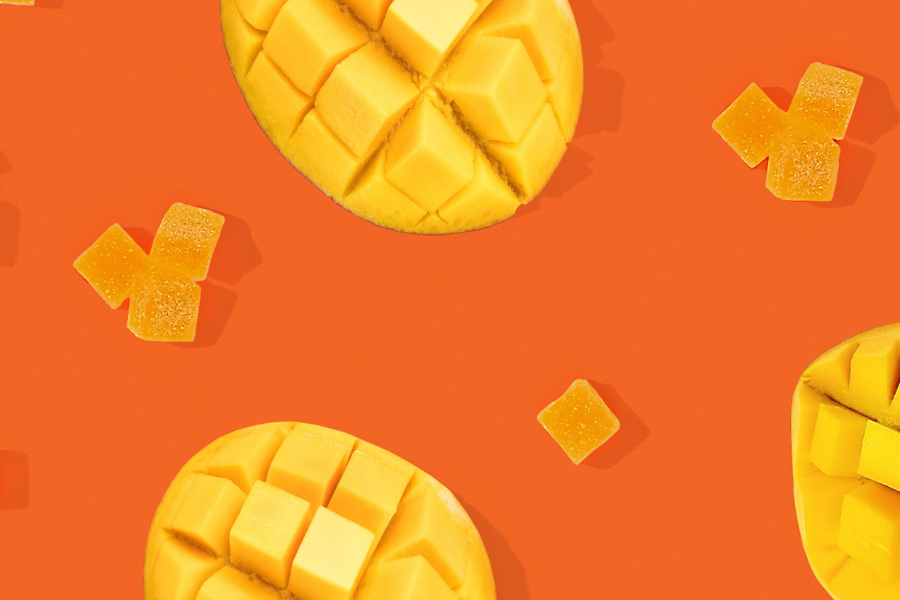
Live Resin Gummies vs Regular Gummies
It’s no secret that gummies are among the best ways to enjoy all that cannabis has to offer - whether you’re simply trying to catch a buzz or you’re drawn to the therapeutic potential. Maybe it’s ...
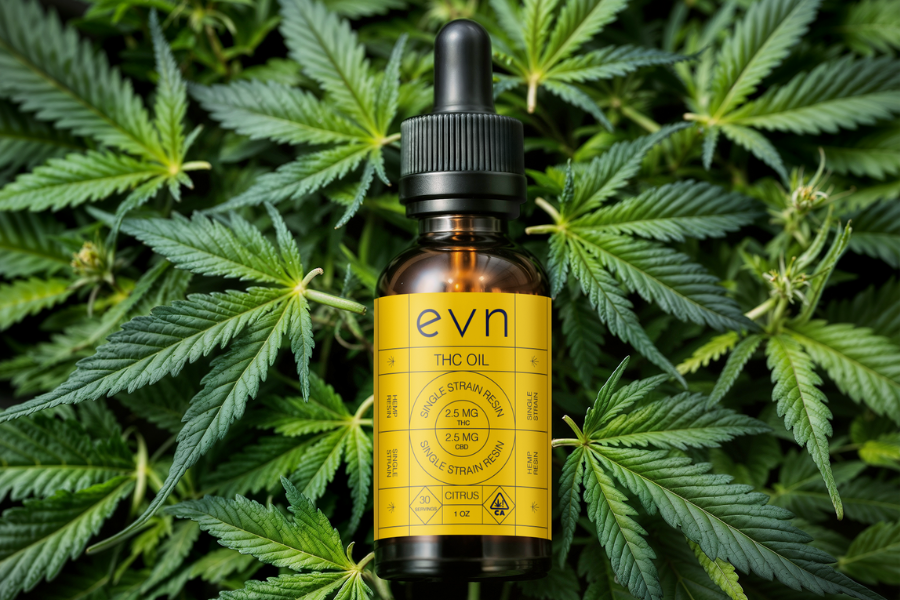
How to Use a THC Tincture: Using THC Tinctures Orally, Topically, and More
There are countless ways to enjoy all that cannabis has to offer. From the classic approach of smoking to modern methods like dabs and vapes, and even edibles - each has its place. But one of the...
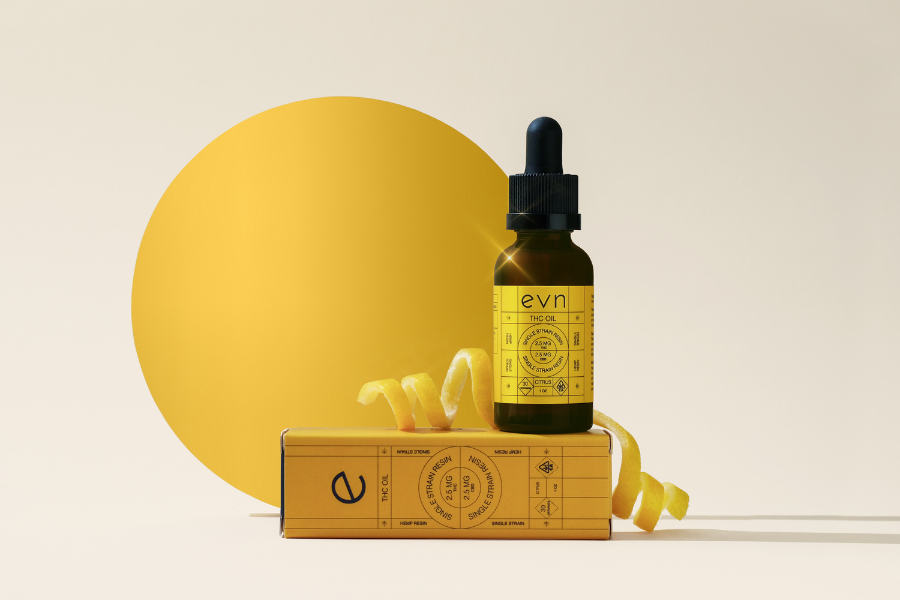
THC Tincture Benefits: What are the Benefits of THC Tincture?
Once you discover the THC tincture benefits you’ll wish you’d found this consumption method sooner. We’re so excited about the release of our new THC tincture that we put together this resource hi...

THCa is a non-psychoactive cannabinoid that doesn’t get you high, but heat exposure turns it into psychoactive THC.
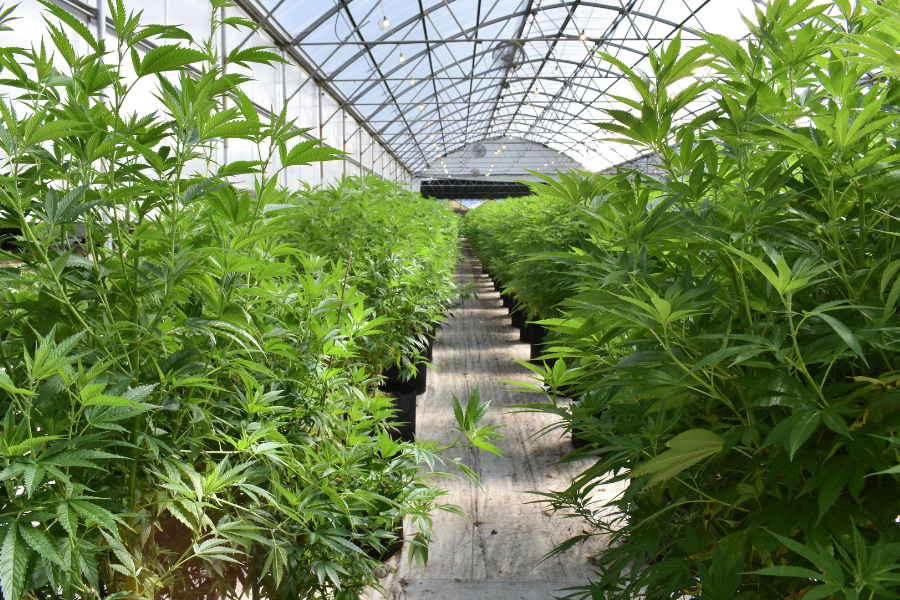
THCa vs Delta 9: What’s the Difference Between THCa and Delta 9 THC?
By this point, you’ve probably heard of THC. Or at least some form of it. But have you heard of THCa? If we’re the first to introduce you to this acidic form of the more well-known psychoactive ca...
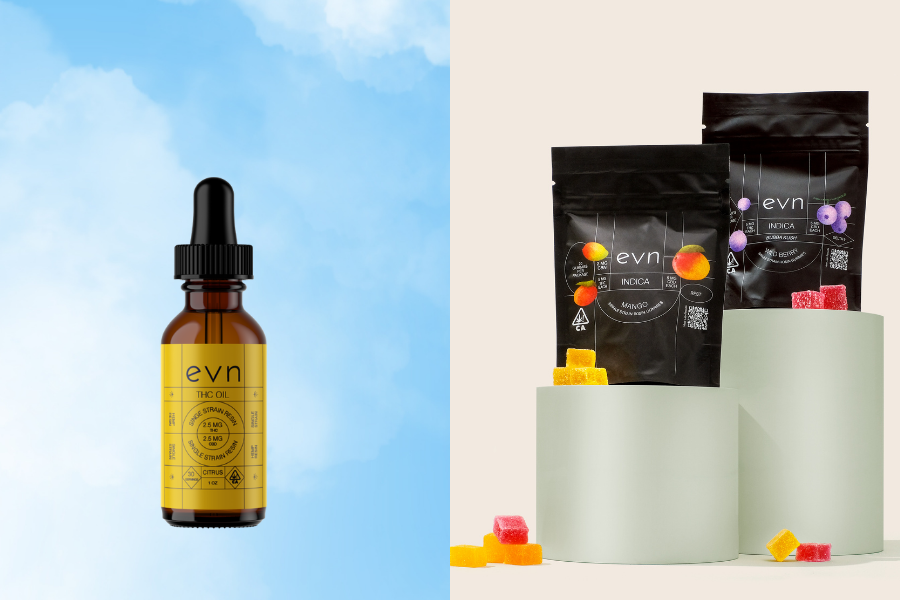
THC Tincture vs Edibles: Are THC Tinctures Better Than Edibles?
So, are THC tinctures stronger than edibles? Do THC tinctures work faster than edibles? Find out in our THC tincture vs edibles comparison guide!

CBN vs THC: The Difference Between THC and CBN Explained
The world of cannabis can be complex and confusing for not just newcomers, but even seasoned stoners looking to try something new. From all the different Runtz strains to various consumption metho...
